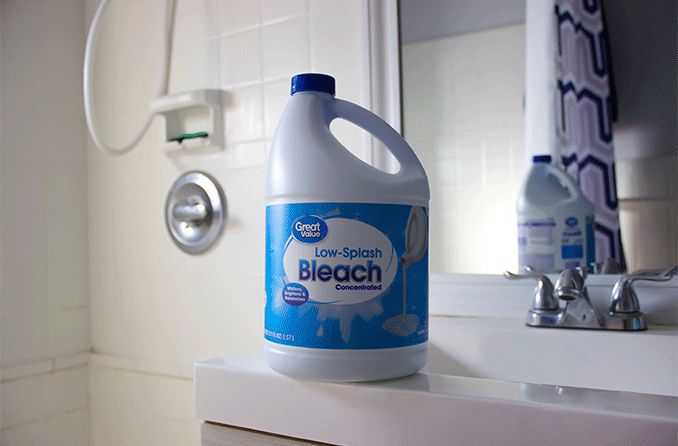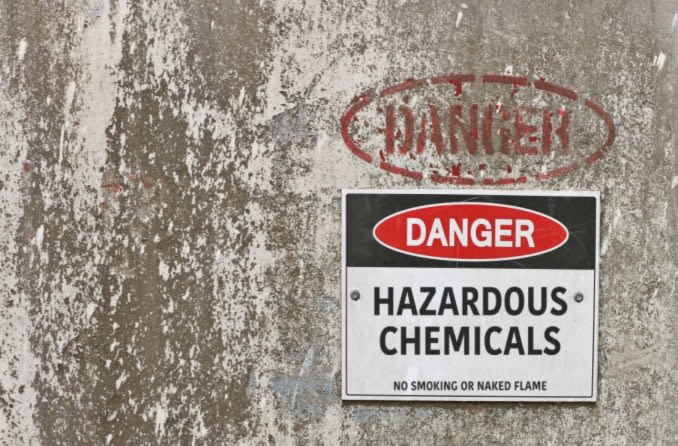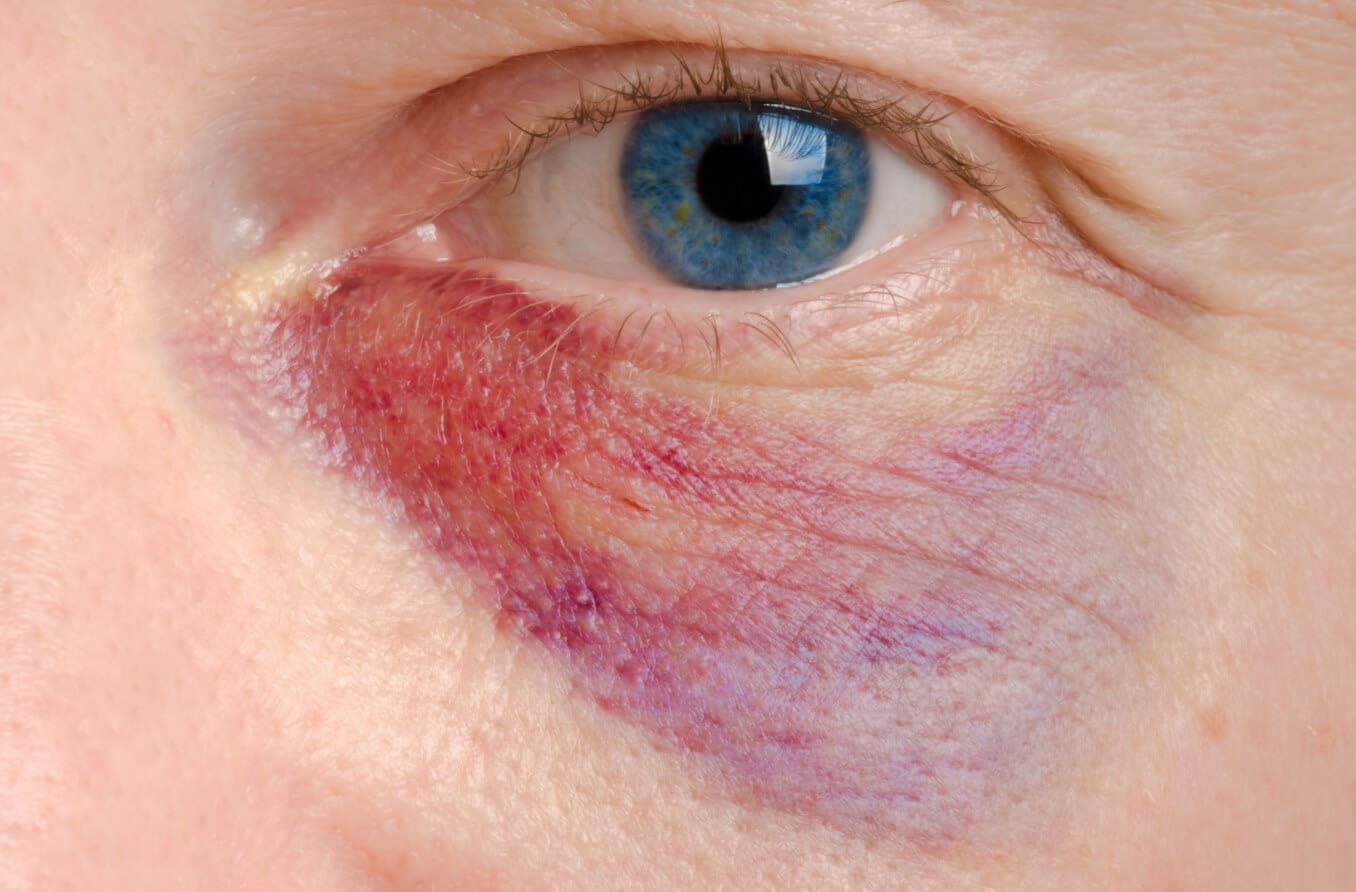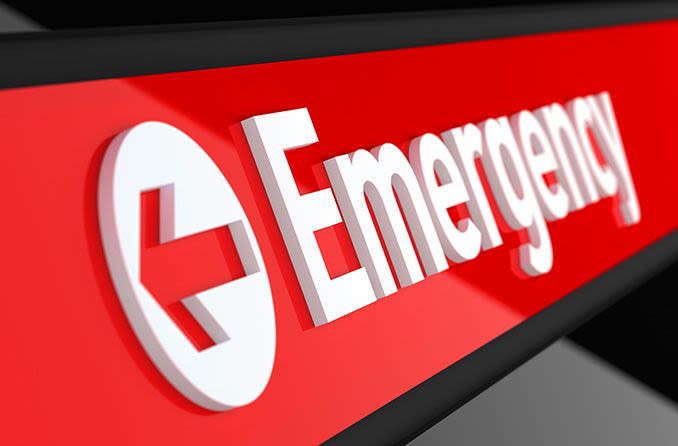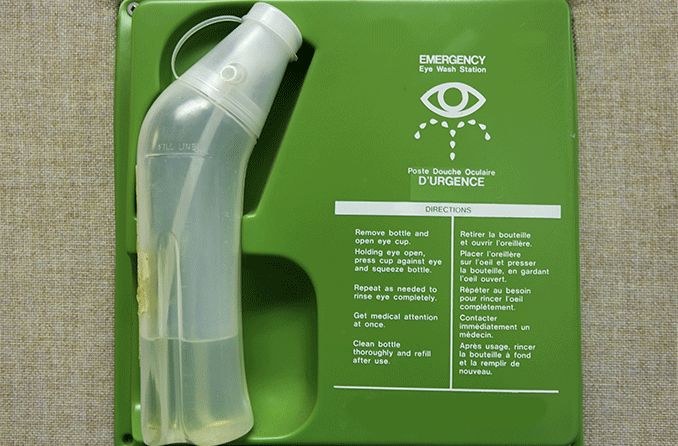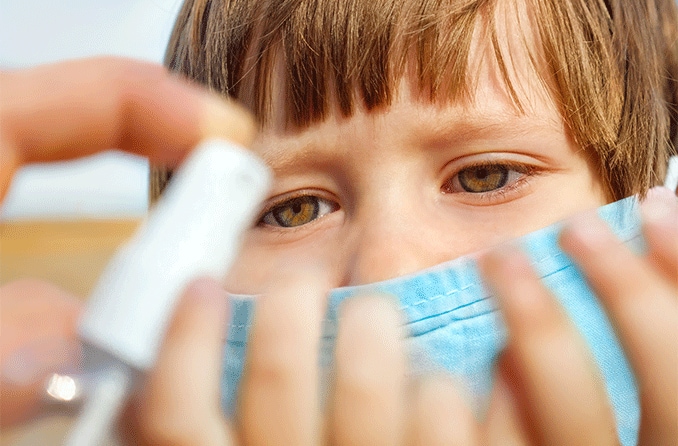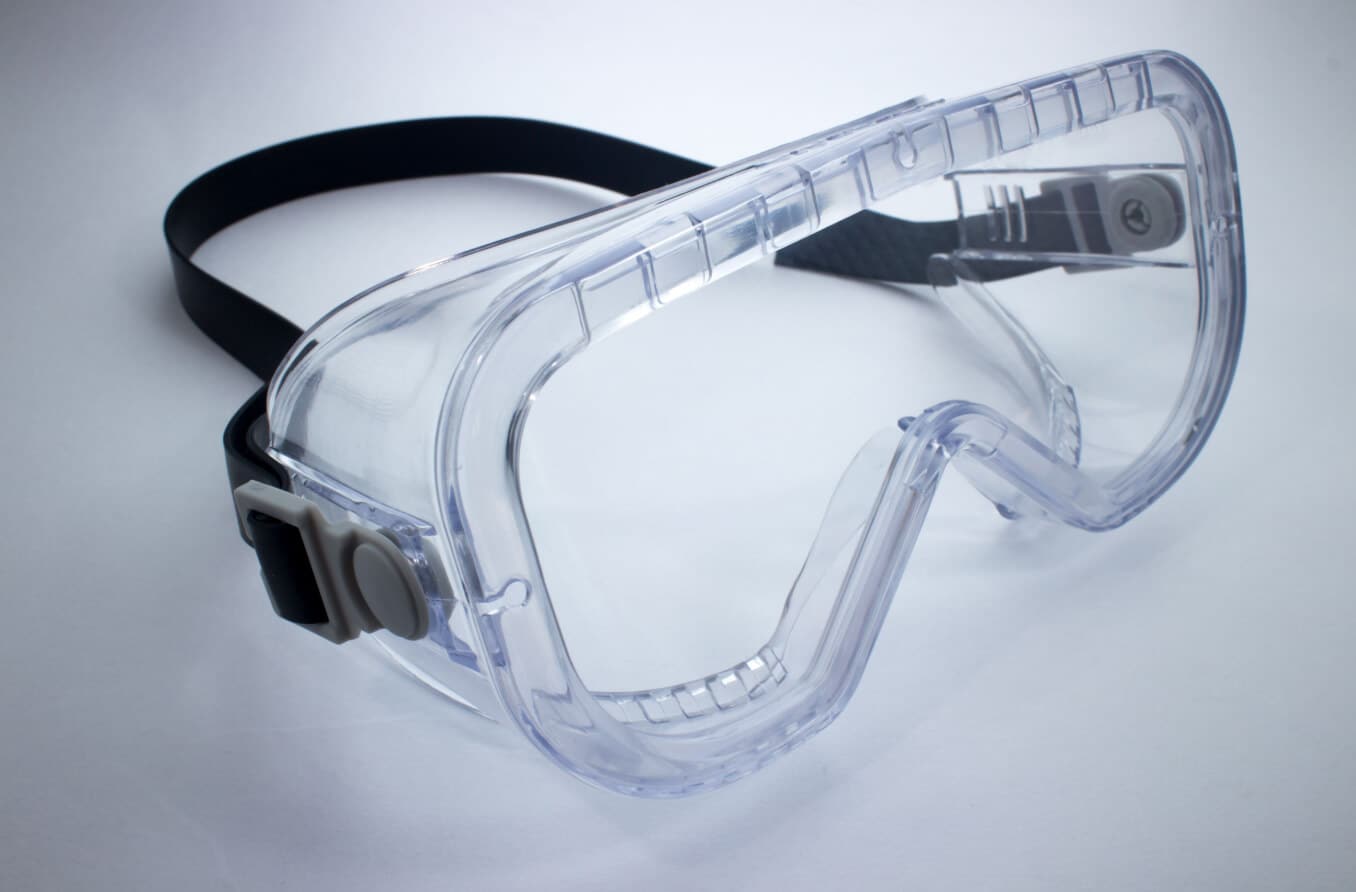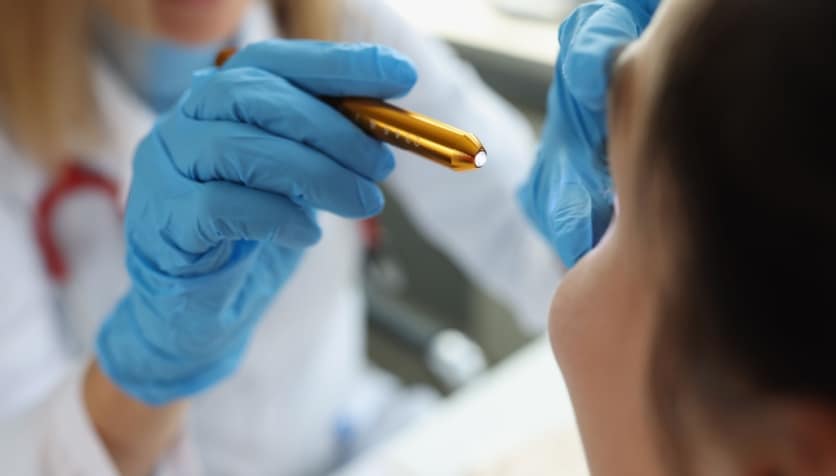Know what to do when bleach gets in your eye
One day you’re cleaning, and you accidentally splash bleach into your eye. It sounds like a simple mistake, but getting bleach in your eye requires immediate action. Quickly flush your eye with water for at least 15 minutes to prevent permanent damage. Then seek medical care right away.
Symptoms caused by getting bleach in your eye
Getting bleach in your eye causes some noticeable symptoms, including:
Eye watering ( epiphora )
Eyelid twitching (blepharospasm)
Once the chemical comes in contact with the sensitive tissues of the eye, it immediately leads to inflammation of the conjunctiva . Over time, bleach will penetrate well past the eye’s surface to damage internal structures. It only takes 5-15 minutes of direct bleach (alkali) exposure to cause irreversible damage.
LEARN MORE: Emergency eye injuries
The risks of bleach coming into contact with the eye
In our daily lives, we come into contact with bleach most often when we’re using chemical products to clean, remove stains or whiten surfaces. Even though it’s one of the most commonly used household cleaners, it is too corrosive to be used on certain fabrics and surfaces due to its high alkalinity.
Bleach has a pH level of about 12, making it very basic and high on the pH scale. This is an important fact to note because irreversible damage occurs when the eye comes in contact with products that are 11.5 pH or higher.
In terms of the pH scale, alkali (basic) injuries to the eye are generally more serious than acidic injuries. This is because products with higher pH penetrate the eye tissues more rapidly.
If you get even a drop of bleach in your eye, it could result in a chemical burn and should be treated immediately. But before you see an eye doctor , there are certain first aid steps you should take to remove as much of the bleach from your eye as possible.
Knowing how to act when you get bleach in your eye and taking immediate action can minimize further damage.
SEE RELATED: 7 common eye injuries and how to treat them.
How to flush your eyes if you get bleach in them
When your eye is damaged by strong chemicals like bleach, it can lead to permanent vision loss. Fortunately, knowing what to do when you get bleach in your eye can reduce the overall damage done and potentially save your vision.
If you get bleach in your eye, you should immediately begin to flush the eye with lukewarm water or a saline solution . Sterile water is ideal, but tap water can also be used in this situation, and it is what most people will have on hand.
The goal with flushing the area is to try to remove as much of the bleach product as possible and return the eye to its normal pH level of 7.
After you’ve spent at least 15-20 minutes flushing your eyes with a constant stream of water, ask someone to safely take you to an emergency room.
Follow these steps if you get bleach in your eye
Find the nearest source of clean water, such as a shower, eye wash station or faucet.
Hold the eyelid as open as possible and let a gentle stream of water flow into the eye. Make sure to roll your eyes around for the best coverage.
Flush your eyes like this for no fewer than 15 minutes . The longer you can flush your eye, the better. (Some say 30 minutes is ideal.)
After you have flushed the eye for a suitable amount of time, wash your hands thoroughly to remove any remaining bleach. This may prevent further contamination if you have any remaining chemicals on your hands.
Once your hands are clean, remove any eyewear like contacts if you are wearing them .
It’s important that you refrain from rubbing your eye or putting anything else in it until you can get help from a medical professional.
When to get medical treatment
Once you have followed these first aid instructions, it is important that you seek out emergency care.
You can reduce a lot of potential damage with emergency at-home eye irrigation, but you still need to get medical treatment from a professional. A trained medical professional can perform a more thorough eye irrigation.
After you have received emergency care, schedule an appointment with an ophthalmologist . An ophthalmologist can assess your eye and determine how much damage was done. They can also come up with solutions to improve your eye health.
READ NEXT: How to remove debris from your eye
